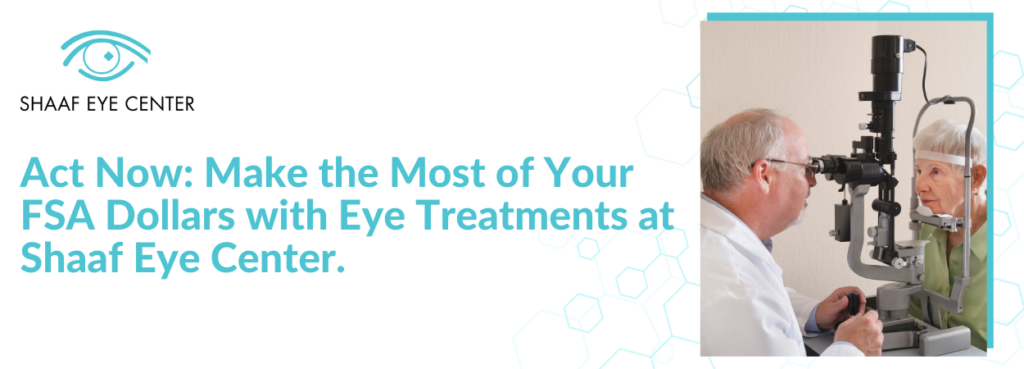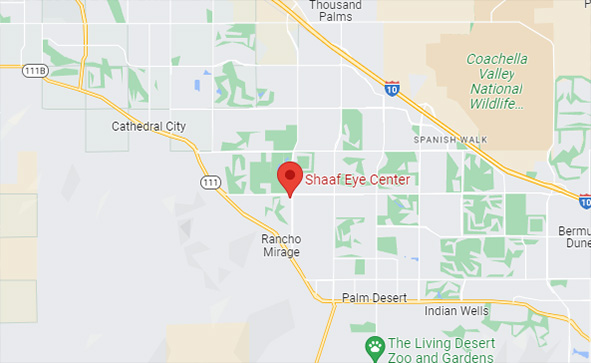
Are you aware that your Flexible Spending Account (FSA) can be a powerful tool for managing your eye health expenses? At Shaaf Eye Center, we’re here to help you understand how to make the most of your FSA benefits and ensure you receive the best care possible.
What is a Flexible Spending Account (FSA)?
A Flexible Spending Account (FSA) is a tax-advantaged financial account offered by employers that allows you to set aside pre-tax dollars for eligible medical expenses. This means you can save money on your healthcare costs by using funds that are not subject to federal income tax. FSAs are a great way to budget for medical treatments and reduce your taxable income at the same time.
Eye Treatments Covered by Your FSA at Shaaf Eye Center
At Shaaf Eye Center, we offer a variety of eye care treatments that are eligible for FSA reimbursement. Here’s a look at some of the key services you can use your FSA dollars for:
- Cataract Surgery: Cataract surgery is a common procedure to remove the cloudy lens of the eye and replace it with a clear, artificial lens. This surgery can significantly improve vision and quality of life.
- Dry Eye Treatments: Dry eye syndrome can cause discomfort and affect your daily life. We offer treatments like Punctal Plugs and the Meibomian Gland Therapy device to alleviate symptoms and improve your eye health. These treatments are often eligible for FSA reimbursement.
- Glaucoma Treatments: Managing glaucoma often involves regular monitoring and specialized treatments. Your FSA can be used to cover the costs of medications, diagnostic tests, and surgical interventions necessary for managing this condition.
How to Maximize Your FSA Benefits
To make the most of your FSA benefits, follow these simple steps:
- Review Your FSA Balance: Start by checking your current FSA balance. Knowing how much you have available will help you plan and allocate funds effectively.
- Schedule Your Appointments Early: Many people use their FSA funds towards the end of the year, which can lead to a rush for appointments. By scheduling your ophthalmology appointment now, you can avoid the end-of-year rush and secure a convenient time slot with your preferred specialist.
- Confirm Eligibility of Treatments: Ensure that the eye treatments you’re considering are covered by your FSA. At Shaaf Eye Center, our team can help you verify the eligibility of specific procedures and provide you with the necessary documentation for reimbursement.
- Keep Detailed Records: Save all receipts and documentation related to your eye care expenses. You’ll need this information to submit a claim for FSA reimbursement. Shaaf Eye Center will provide you with detailed invoices to facilitate this process.
- Use Your Funds Before the Deadline: FSAs often have a “use-it-or-lose-it” policy, meaning any unused funds may be forfeited at the end of the plan year. Plan your treatments and schedule appointments early to ensure you use your FSA dollars effectively.
Beat the Rush and Secure Your Appointment
By scheduling your eye care appointment now, you can take full advantage of your FSA benefits and avoid the last-minute rush that often occurs at the end of the year. Don’t wait until it’s too late—secure a convenient time slot with one of our specialists and ensure your eye health is in top shape.
Maximize your FSA benefits and prioritize your eye health by booking an appointment at Shaaf Eye Center. Call us now at (760) 346-5005 to schedule your Eye Evaluation and get started on your path to clearer, healthier vision.







